
NestJS
NestJS
Welcome to this detailed tutorial on NestJS, brought to you by UpdateGadh. This guide is designed to help you gain complete knowledge of NestJS — starting from the basics, leading up to creating a functional application from scratch. You’ll also learn how to use it effectively in real-world projects. Let’s begin.
Introduction to Applied AI:–Click Here
What is NestJS?
NestJS is a popular and powerful JavaScript framework built on top of Node.js. It is primarily used to develop scalable, maintainable, and efficient server-side applications. The framework offers complete TypeScript support, while also allowing you to write code in plain JavaScript if preferred.
Under the hood, NestJS uses Express.js (by default) as its HTTP server framework, but it can also be configured to use Fastify for better performance in certain use cases. The design of NestJS combines the principles of Object-Oriented Programming (OOP), Functional Programming (FP), and Functional Reactive Programming (FRP) — making it versatile and developer-friendly.
Data Science Tutorial:–Click Here
Behind the Scene
At its core, NestJS operates as an abstraction layer over existing HTTP server frameworks like Express and Fastify. This means that while you build your application using NestJS’ decorators and structure, it internally manages the server logic using these libraries.
This layered design allows developers to enjoy the simplicity of writing modular and maintainable code while leveraging third-party Node.js packages seamlessly. You can easily integrate additional modules and external APIs without rewriting the server logic.
Download New Real Time Projects :–Click here
Installation
Before creating your first application, make sure Node.js and npm (Node Package Manager) are installed on your system. You can download them from https://nodejs.org/.
Once installed, use the following command to install the NestJS CLI globally:
Machine Learning Tutorial:–Click Here
npm i -g @nestjs/cli
After the installation completes, you can verify it by running:
nest --version
Now, create a new NestJS project using:
nest new my-nestjs-01
This command creates a new folder named my-nestjs-01 with a ready-to-use project structure and necessary dependencies preinstalled.
Complete Advance AI topics:- CLICK HERE
Project Structure
Once the setup completes, open the project folder. You’ll notice several important files and directories. The core development happens inside the src folder, which contains the application logic.
Here’s a quick overview of the main files:
- main.ts: Entry point of the application.
- app.module.ts: Defines the root module of the application.
- app.controller.ts: Handles incoming requests and routes.
- app.service.ts: Contains business logic or service functions.
- app.controller.spec.ts: Used for testing the controller.
Deep Learning Tutorial:– Click Here
main.ts
import { NestFactory } from '@nestjs/core';
import { AppModule } from './app.module';
async function bootstrap() {
const app = await NestFactory.create(AppModule);
await app.listen(3000);
}
bootstrap();
This file initializes the NestJS application. The NestFactory.create() method creates an instance of the application using AppModule. The app.listen(3000) method starts the server on port 3000.
app.module.ts
import { Module } from '@nestjs/common';
import { AppController } from './app.controller';
import { AppService } from './app.service';
@Module({
imports: [],
controllers: [AppController],
providers: [AppService],
})
export class AppModule {}
The @Module decorator defines the structure of the application by grouping controllers and providers (services).
Complete Python Course with Advance topics:-Click Here
- controllers: Handle incoming requests.
- providers: Contain business logic or reusable services.
AppModule acts as the root module, linking all other modules and components in the app.
app.controller.ts
import { Controller, Get } from '@nestjs/common';
import { AppService } from './app.service';
@Controller()
export class AppController {
constructor(private readonly appService: AppService) {}
@Get()
getHello(): string {
return this.appService.getHello();
}
}
The AppController defines a single GET route (/). The @Controller decorator marks this class as a controller, while the @Get() decorator defines the route method. The controller uses dependency injection to access the AppService class.
app.service.ts
import { Injectable } from '@nestjs/common';
@Injectable()
export class AppService {
getHello(): string {
return 'Hello World!';
}
}
The @Injectable decorator marks this class as a service that can be injected into controllers or other services. Here, the service defines a simple method getHello() that returns a message — "Hello World!".
Running the Application
Run the application with the command:
npm run start
Once the server starts, open your browser and navigate to:
http://localhost:3000/
You’ll see the output:
Hello World!
This confirms that your NestJS application is running successfully and handling routes properly.
SQL Tutorial :–Click Here
Summary
In this tutorial, you learned the fundamentals of NestJS — from installation to creating and running your first application. We explored how NestJS leverages Node.js and TypeScript, its modular architecture, and how controllers and services work together using dependency injection.
nestjs vs express nestjs vs nextjs nestjs tutorial nestjs npm nestjs github nestjs react nestjs wiki nestjs vs nodejs next js express js nestjs vs nextjs, nestjs, nestjs vs spring, nestjs vs express, express vs nestjs, nestjs vs fastify, nestjs express, nestjs vs express js, expressjs vs nestjs, nestjs postgres, nestjs tutorial, nestjs postgresql, compare nestjs vs express, nestjs postgres hindi, fastify vs express vs nestjs, nestjs crud operations, nestjs typeorm postgres, nestjs graphql postgres, nestjs vs expressjs vs fastifyjs, nestjs graphql federation, nestjs typeorm postgresql, setting up nestjs with postgresql


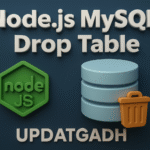


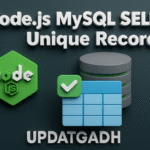
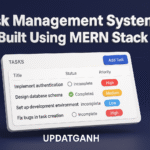

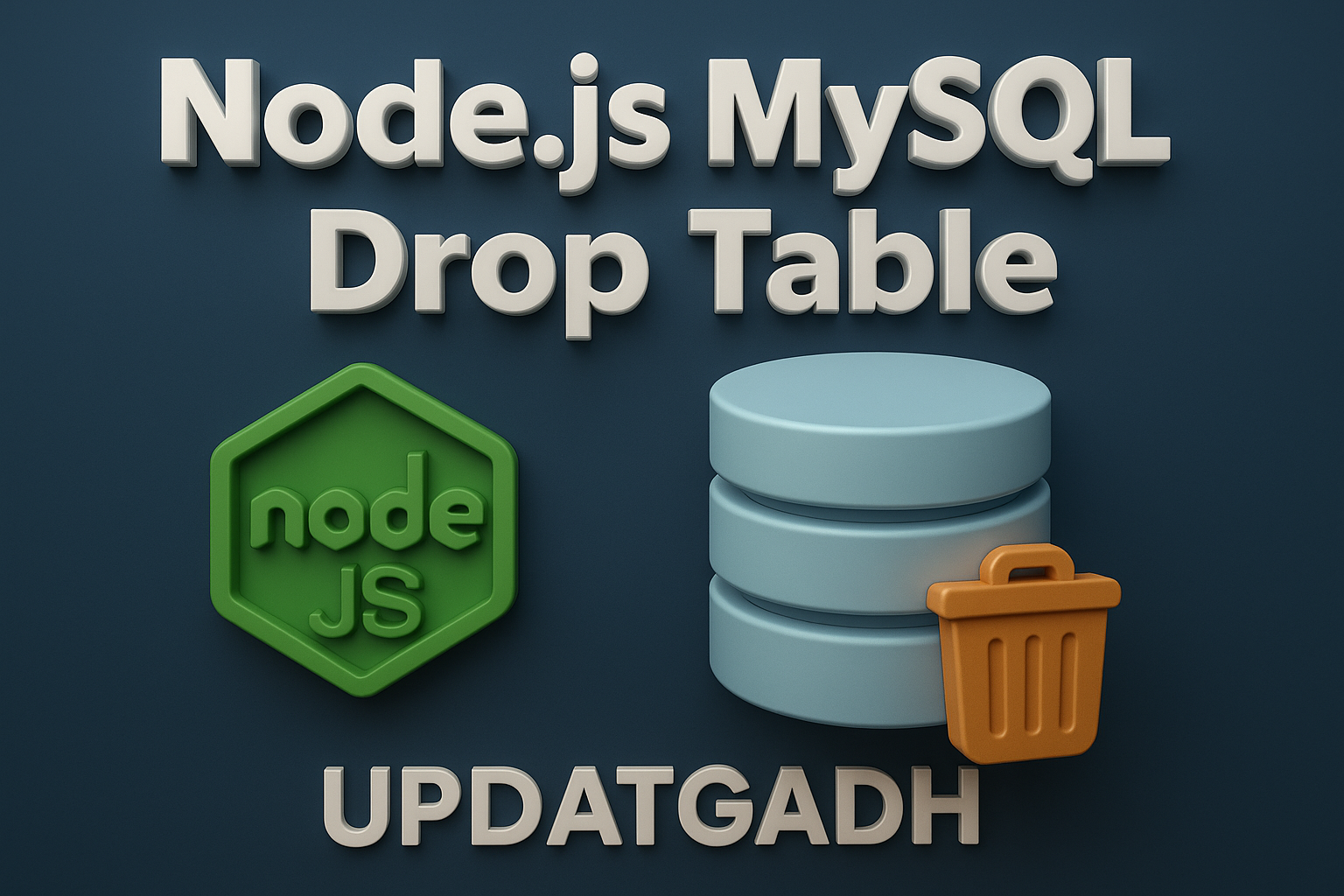
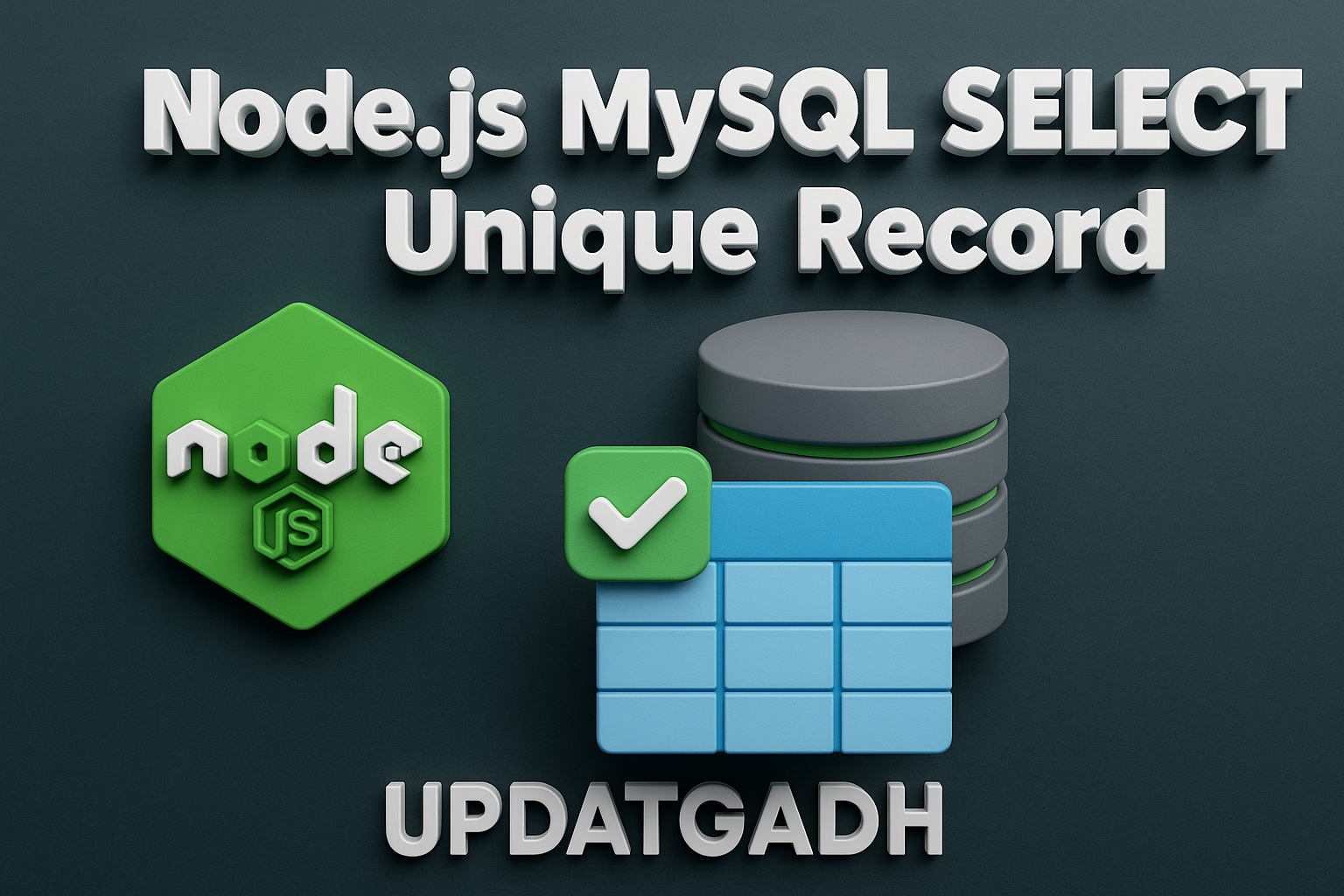
Post Comment